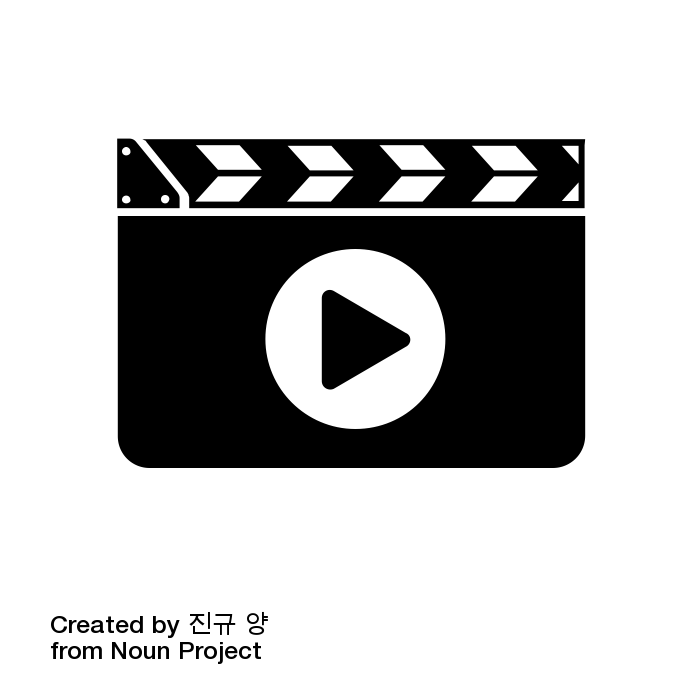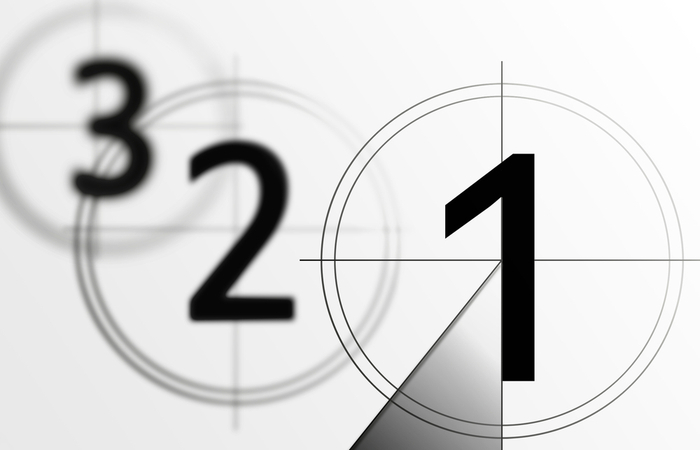|
Strategy
|
Description
|
Lesson Placement
|
Image
|
|
ACE Strategy
|
Students demonstrate how they know or can solve response items. They Answer, Cite textual evidence, and Explain (or expand). View this 3 minute YouTube video for a quick demonstration.
|
This strategy will need to be use before the lesson to help students visualize the writing technique they will need to use on assignments.
|

|
|
Cornell Notes
|
Students use the Cornell notes organization style to organize and study content and concepts.
|
This strategy will need to be used before the lesson to help the students learn how to take notes on the actual lessons. Students may require refreshers of this strategy as they move through the lesson. This learning strategy consists of three columns total: a small left column, a large right column, and a section at the bottom of the page. Typically, notes go in the right column, while questions or vocabulary go in the left. At the bottom section, students summarize their notes and lesson.
|

|
|
CUSS it out
|
This annotation strategy can be used on a variety of texts.
-
C - Circle key terms or vocabulary
-
U - Underline main ideas
-
S - Star supporting details
-
S - Summarize (or Share or State the theme)
Concepts or items to circle, underline, and star can be varied according to the text and purpose.
|
This strategy initially will need to be done together as a group and then can be utilized individually. Students will need to have an understanding of main ideas and supporting details before using this concept.
|

|
|
Elevator Speeches
|
Elevator speeches can be used to refine students’ understanding of vocabulary, concepts, content, and/or processes. Pair students up with partners. They have 30 seconds to deliver information to their partners. After 30 seconds, the students switch roles. Have a few share out. Then have students find a new partner. They have 30 seconds to deliver their refined understanding to their partners. After 30 seconds, the students switch roles once more.
|
This strategy can be utilized during or at the end of a lesson. It will need to be modeled for students with a clear understanding of the content that is to be shared between partners and possibly have some type of formula in place when picking partners rather than just allowing students to pick a new partner for the second 30-second round to reduce confusion and chaos.
|

|
|
Find Your Match
|
Give each student in the class a card and then have them find the other student with the matching card. Teachers can do this with many topics including antonyms/synonyms, words/definitions, problem/solution, genres/definitions, and opinions/reasons.
https://learn.k20center.ou.edu/strategy/1837
|
This strategy can be used at a lesson's beginning, middle, or end. It can also be used as a review game and an assessment strategy.
Extremely adaptable to all learning levels. The engagement strategy could be modified for individual, partner, and group learning environments.
|

|
|
Flip
|
This website allows students to create personalized videos that they can share. They can respond to one another. Teachers have moderation rights and can create individualized online classes. The videos can be up to five minutes long. Students could share book talks, elevator speeches, summarize a text, or offer feedback on writing.
|
This learning strategy can be utilized at the beginning, middle, or end of a lesson. It is a very adaptable learning strategy. It can be used in the beginning as the refresher of the previous day’s lesson. It can be implemented in the middle as a hands-on activity after a lecture, and lastly, it can be used at the end as the lesson exit ticket to check comprehension.
|

|
|
Four Corners
|
Four corners is a strategy that encourages student discourse. Place four signs in various corners of the classroom. Label these with four characters from a recent story, parts of the book (beginning, middle, end, and freebie-character, setting, event), books of a series, informational topics (e.g., habitat, diet, type, interesting fact, etc.). Ask students to choose a corner that is their favorite or that they feel like an “expert” in. The four corners can also signify strongly agree, agree, disagree, and strongly disagree. Once students have selected their corners, give them a few minutes to share with their corner group their reasons for choosing as a favorite or expert information. Share out as large group.Students can also organize information to share with the class as a group.
|
This strategy can be used after reading a story to get students to see how they feel about questions pertaining to the story. This can also be used before a story for students to make assumptions about what is going to happen before reading.
|

|
|
GIST Statements
|
Students summarize the information in 20 words or less. To make it more difficult, they would have to summarize using exactly 20 words. Get a further explanation at ReadWriteThink, or download the template.
|
This strategy would be used after the lesson; however, initially, to teach the strategy, the teacher needs to walk students through the process of using the template.
|

|
|
Give One, Get One
|
Students create a T-chart and write “Give One” and “Get One” at the top of the columns. Students brainstorm a list of ideas or vocabulary about a topic and record their ideas in the “Give One” column. After writing independently, students rotate around the room, recording new information from other students in the “Get One” column. Wrap up the activity with a whole class discussion.
|
This could be used as a pre-writing strategy.
|

|
|
I Notice, I Wonder
|
Students provide discussion and feedback on peers’ writing, using the sentence starters “I notice…” and/or “I wonder….”
A variation of this strategy can be used to teach inference. Provide an image or photograph. Students write what they notice (facts they observe) and what they wonder (what can they infer about what they notice).
|
This strategy can best be used after a presentation or after reading a peer’s writing. It can also be used after observing images and used as a journal tool.
|

|
|
Informational Poster or Brochure
|
Students create a fact sheet about a topic or concept (plant, animal, country, planet, imaginary place). Their brochures should include supporting and relevant text features.
|
This works best during the process of learning about a topic or reading a story as a type of “follow along” tool.
|

|
|
Kahoot
|
Students can play this online game with individual devices (phones). Teachers can create their own questions or search for created games by other teachers.
|
This learning strategy works best at the beginning or the end of the lesson as a review game.
|

|
|
Mini Posters & Gallery Walk
|
Students create mini posters that reflect understanding of concepts or terms and participate in a gallery walk. Students can add their learning from the gallery walk to vocabulary- or content-specific notebooks.
|
This learning strategy is best applied at the end of a lesson, where students can display and add to their learning. This K20 card offers further directions and ideas on utilizing gallery walks.
|

|
|
OPTIC
|
Students use this strategy to analyze visual texts such as painting, photographs, or maps.
-
O - Write a brief overview of the image. In one sentence, what is this image about?
-
P - List all the parts that seem important (color, figures, textures, groupings, shadings, patterns, numbers, repetitions, etc.).
-
T - How does the title or text contribute to the meaning?
-
I - Explain the interrelationships in the image. Consider how the parts come together to create a mood or convey an idea or an argument.
-
C - Write a conclusion paragraph that interprets the meaning of the image as a whole.
|
The step-by-step directions can be downloaded from the site. This entire strategy is one that could be used to introduce a lesson using visual text.
The use of the strategy could also be the lesson on teaching students how to appropriately evaluate visual text.
|

|
|
Padlet
|
This online collaborative hub allows users to post words and images. The teacher can pose a question for everyone to answer. Students can brainstorm together. Students can leave questions about a lesson for the teacher to answer.
|
This strategy could be used before a lesson to have students give input about a topic. Could be used as a pre-assessment to see what students know about a topic. The strategy can be used during the lesson by posing questions for the students to respond to; this could be considered a formative type of assessment. It could be used after the lesson to enhance student reflection.
|

|
|
Quizizz
|
Teachers can create various assignments, polls, lessons and quizzes for students to take on their device as well as utilize the library of resources on this website. The questions can be multiple choice, open-ended, word clouds, and more.
The teacher will have to create a free account to use this site.
|
This extremely versatile site can be used before, during and post lessons to assess. Students can take a brief pretest to assess their prior knowledge about a topic. Then students study the lesson independently or as a class and then post-test. This website could also be utilized for formative assessments.
|

|
|
Socratic Seminars
|
There are many variations to this strategy. Give the students a reading assignment and have them use the ACE strategy (as described above) to ask questions and support their answers using textual evidence. Divide students into an inner circle and an outer circle. Students in the inner circle will discuss the text for five to ten minutes while the students in the outer circle write down what they noticed during the discussions. Then, have students change places and roles. ReadWriteThink.org has a strategy guide that explains practical methods for applying this strategy. Reference Paideia.org for Socratic Seminar lesson plans.
|
Socratic seminars can be utilized at the beginning, middle, or end of the lesson, but as it usually requires work done prior to discussing, it is best near the end of the lesson.
|

|
|
Word Clouds
|
Using Mentimeter or Wordle, students respond to a question with a single word to create an instant word cloud. Teachers can use this as a formative assessment of their students’ understanding.
|
This can be used before or after the introduction of a vocabulary word. Also a good way to review for tests by having the word in the cloud be a main idea or main and the rest are supporting details.
|

|
|
3-2-1
|
Students complete a 3-2-1 during or after a lesson, encouraging students to think about their learning and to check for understanding. Some variations include:
-
3 - things I discovered
-
2 - interesting things
-
1 - question I still have
-
3 - academic vocabulary words I learned
-
2 - sentences using new academic vocabulary words
-
1 - paragraph using the new academic vocabulary words
-
3- most important ideas from the text
-
2- supporting details for each of the ideas
-
1- question students have about each of the ideas
|
This strategy is used at the beginning or end of a lesson. It is a tool to assess prior knowledge and then assess again post-lesson.
It is a brief activity- takes approximately 10 minutes.This could be used as an exit ticket.
Once 3-2-1 questions are completed, students can work in small groups/pairs and discuss their initial question answers and their post-lesson answers.
|

|
Comments (0)
You don't have permission to comment on this page.